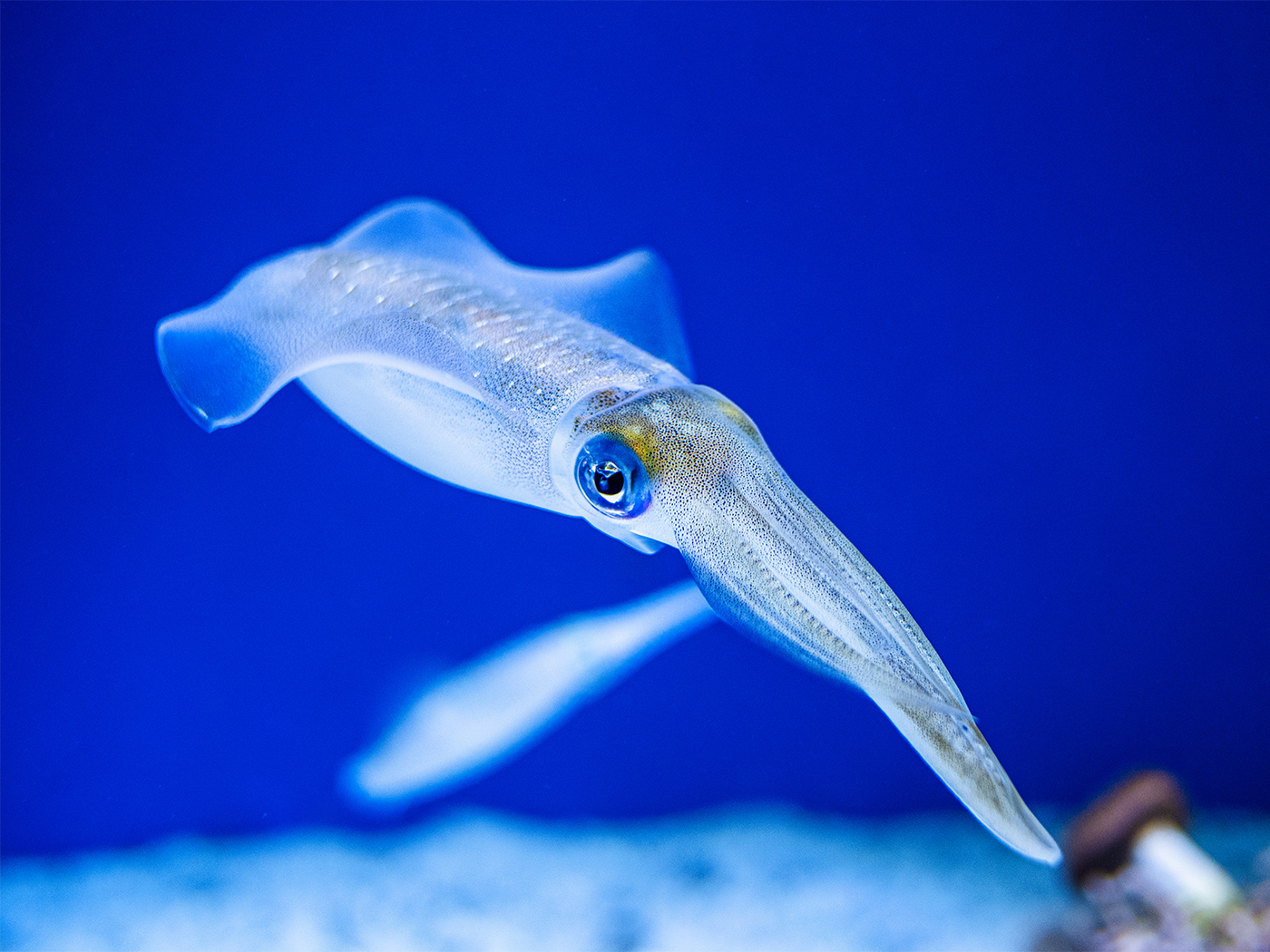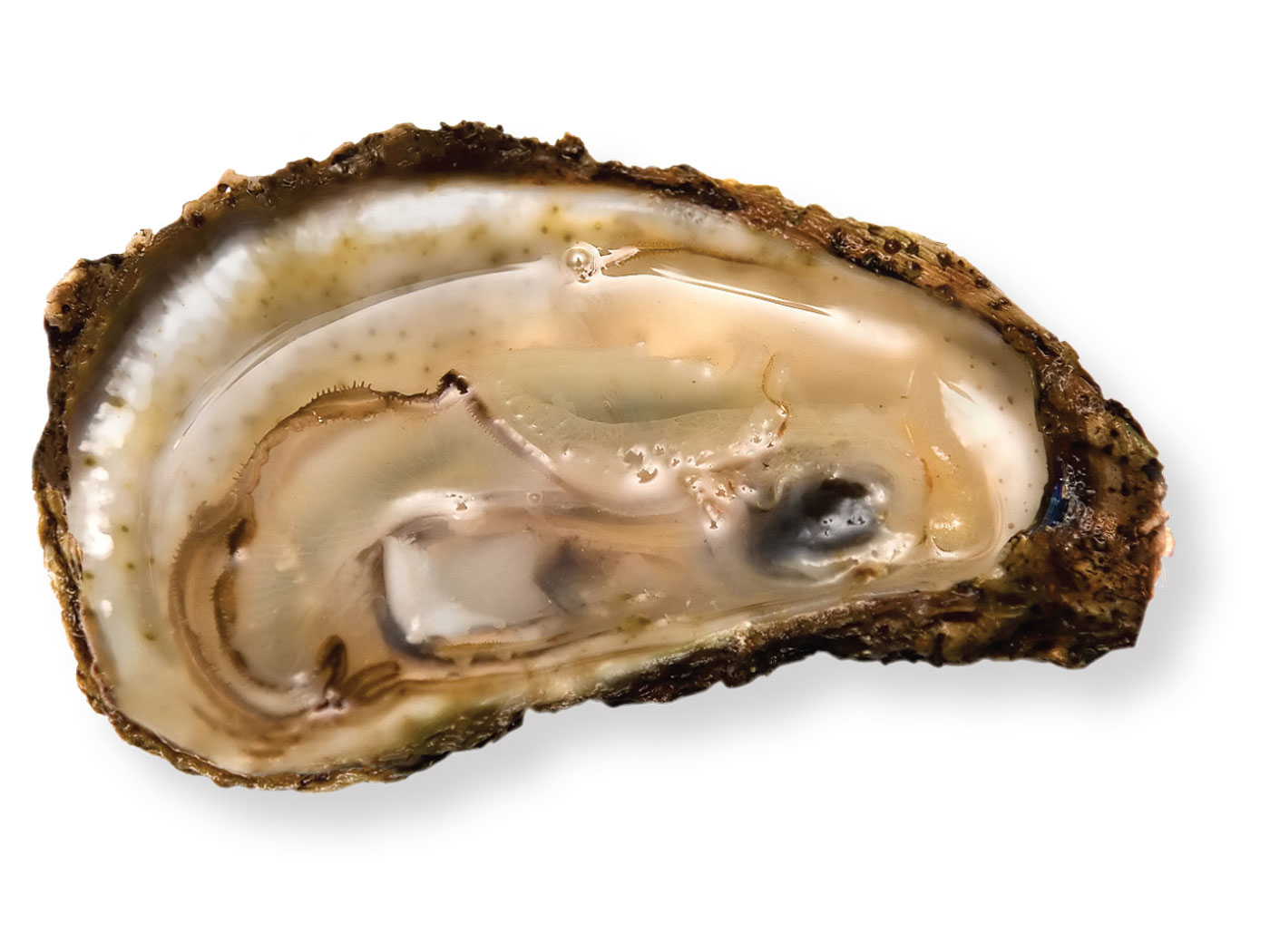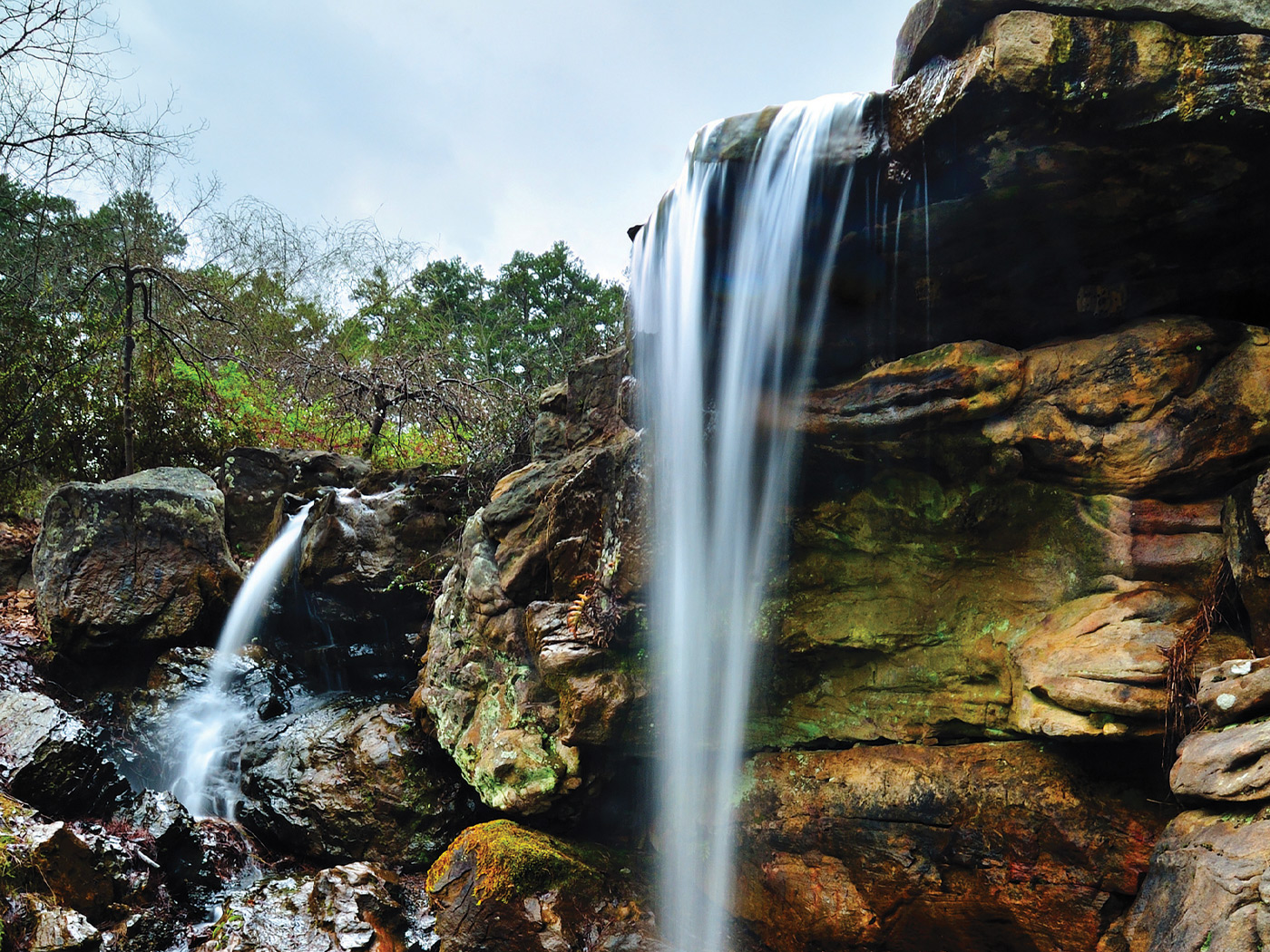A British company is making waves, or more like harnessing them, in the field of renewable energy research. Wavegen, located in Scotland, has built a device that harnesses the oscillations of waves and converts that energy to electricity.
Water is channeled into the wave power machine, which is essentially a giant floorless chamber atop seawater. Rising water compresses the air in the upper chamber like a giant piston, and the compressed air is driven through a 100 kilowatt turbine to generate energy. It is the first wave-powered turbine to be connected to the UK’s national power grid since 2000.1
Similar wave power technology has been proposed as a possible means of ventilating the massive Noah’s Ark.2 The shore-based wave energy of the Scottish installation would have operated on the Ark as a sea-based system, taking advantage of the power in aggressive wave action. Chambers built into the bottom of the hull could have connected to airflow pipes. As waves moved up and down within the chambers, they would have pumped air through the overlying air tunnels. Instead of driving air through a turbine, the air would have been funneled through the Ark itself, providing ventilation for the humans and animals on board.
Other air supply methods have been suggested for the Ark, including convective airflow into and out of the windows that likely spanned the top of the structure. This alone could have provided ample air circulation for survival.3 Although modeling Noah’s Ark is conjectural, modern technological developments continue to demonstrate that—despite critics’ cries that “it couldn’t have been done”—the biblical account of the Flood and Noah’s journey is, indeed, realistic and within the realm of scientific possibility.
References
- Making energy from waves. BBC News. Posted on BBC.co.uk July 31, 2008, accessed August 4, 2008.
- Lovett, T. General arrangements for air delivery within the ark. Posted on WorldWideFlood.com August 2005, accessed August 1, 2008.
- Woodmorappe, J. 1996. Noah’s Ark: A Feasibility Study. Santee, CA: Institute for Creation Research, 38.
* Mr. Thomas is Science Writer.
Article posted on August 8, 2008.





















